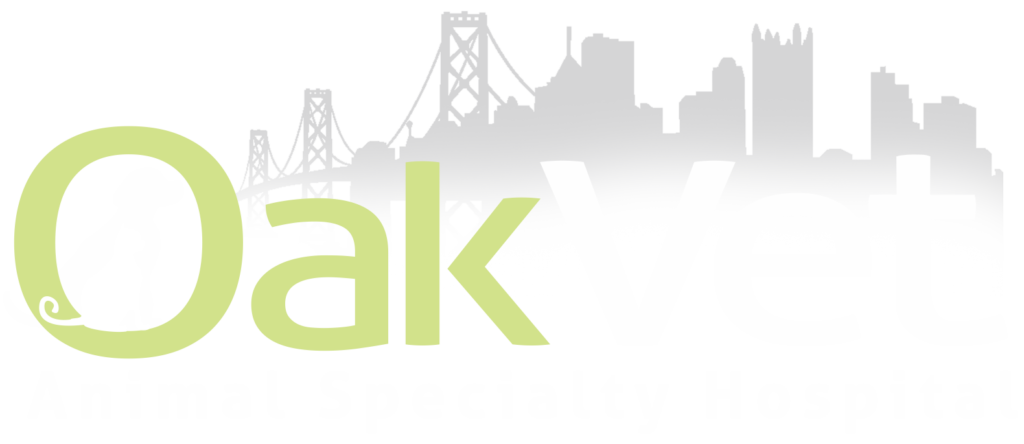Step 4: Treatment Options
In some cases medical management may be attempted or recommended. Surgery is recommended often due to the size of your dog, the amount of instability in the knee, presence of a likely meniscal injury, the desire for optimum recovery and athleticism or based on other health issues related to your dog.
Non-Surgical Management:
- Weight management
- Exercise modification
- Joint supplements/adjunctive therapies
- Pain management with anti-inflammatories and/or pain medications
- Rest and professional rehabilitation
It is important to understand that after a full cruciate ligament tear. The ligament cannot heal. The body is attempting to cause long-term scar tissue or fibrosis of the joint to allow improved function.
Our biggest concern with medical management of cruciate disease is lower success rates and the potential for more muscle loss and arthritis. It should be considered an ‘apples to oranges’ outcome, but one that can be suitable depending on age and expected outcome. Initially a six week period of strict rest in a crate with leash walks only and a dedicated professional rehabilitation is required. Planning to treat the inevitable arthritis and changing lifestyle should be part of the plan from the start.
There is no evidence that external supports or braces have beneficial value over that of rest and rehabilitation.
Weight management:
Reducing the weight of your pet is one of the most important ways to deal with the consequences of a torn cruciate ligament. By reducing the amount of weight transmitted through the knee and therefore by reducing sliding of the knee, even if arthritis is already present, your pet will feel more comfortable and the progression of arthritis will be slower.
Exercise modification:
Regardless of whether surgeries are performed, regular and controlled activity or at-home rehabilitation are all important in the treatment of arthritis. This can include stretching, passive range of motion, swimming or leash walking and more advanced techniques are used by physical rehabilitation specialists. Consistent and regular low intensity exercise is much more favorable than high intensity exercise to reduce the onset of arthritis and flare ups of arthritic pain. The worst type of exercise is the ‘weekend warrior’ that sits on the couch all week and has a very long hike on the weekend. We want pets to be slim and well-muscled but avoiding high intensity.
Joint supplements/adjunctive therapies:
There is little evidence regarding the use of joint supplements in humans or animals although no evidence that they cause harm. There is evidence dietary supplementation of omega-3 fatty acids can slow arthritis or reduce the amount of anti-inflammatory needed to keep a dog comfortable. It’s important that a balanced fish oil is avoided since Omega-3‘s need to be present in the diet at a much greater level than Omega-6 fatty acids.
Poly sulfated glycosaminoglycan (adequan) is an injectable medication to lubricate joints, delay degradation of cartilage and is administered in a series of injections.
Occasionally it is recommended to use injections of stem cells or platelet-rich plasma into the joint.
Pain management with anti-inflammatories and/or pain medications:
Pain medications or anti-inflammatories
Please consult your veterinarian for information regarding anti-inflammatories or pain medications as these are typically the mainstay of treating arthritis in dogs
Surgical Management or Canine Cruciate Disease
The decision to recommend surgery is based on a number of different factors. These can include the size of your dog, the amount of instability that is felt in the knee, the athleticism expected and the presence of other concurrent medical conditions. In some circumstances medical management can be successful however surgical treatment provides the most predictable and best outcome for dogs over 30 pounds. Replacement of the ACL as performed in humans has not been largely successful due to the failure of grafts used and different biomechanical situations present between the knee of a dog and the knee of a human. The most successful treatment options are divided into extracapsular techniques and osteotomies.
Extra-capsular techniques: A type of ligament replacement where foreign material such as fishing line or braided suture is placed outside of the joint to stabilize it and allow scar tissue to form in an effort to provide long term resistance to instability. This can include the traditional lateral suture, the tightrope and the swivelock. Although this can be successful in smaller dogs, the most frequent complication is implant failure with a need for further operation.
Osteotomy techniques are directed at the root cause of ligament tearing. Technically speaking they ensure the dog no longer needs an ACL and result in a dynamically stable knee. Unlike the human knee where the top of the tibia or lower leg bone has a flat surface, canine patients have on average a 25° angle on the top of the tibia. This means that putting weight down on the tibia results in a slide forward. This results in progressive weakening of the ligament and ultimately results in tearing of the ligament. After a ligament is torn, weight bearing is painful for the same reasons and can result in tearing of the meniscus, a shock absorbing disc in the knee. By changing the angle of the bones, we provide a long term option that cannot be undone after it is healed.
The most commonly performed osteotomies are the tibial plateau leveling osteotomy (TPLO), Cora-based leveling osteotomy (CBLO), triple tibial osteotomy (TTO), closing wedge osteotomy (CWO) and the Tibial tuberosity advancement (TTA).



